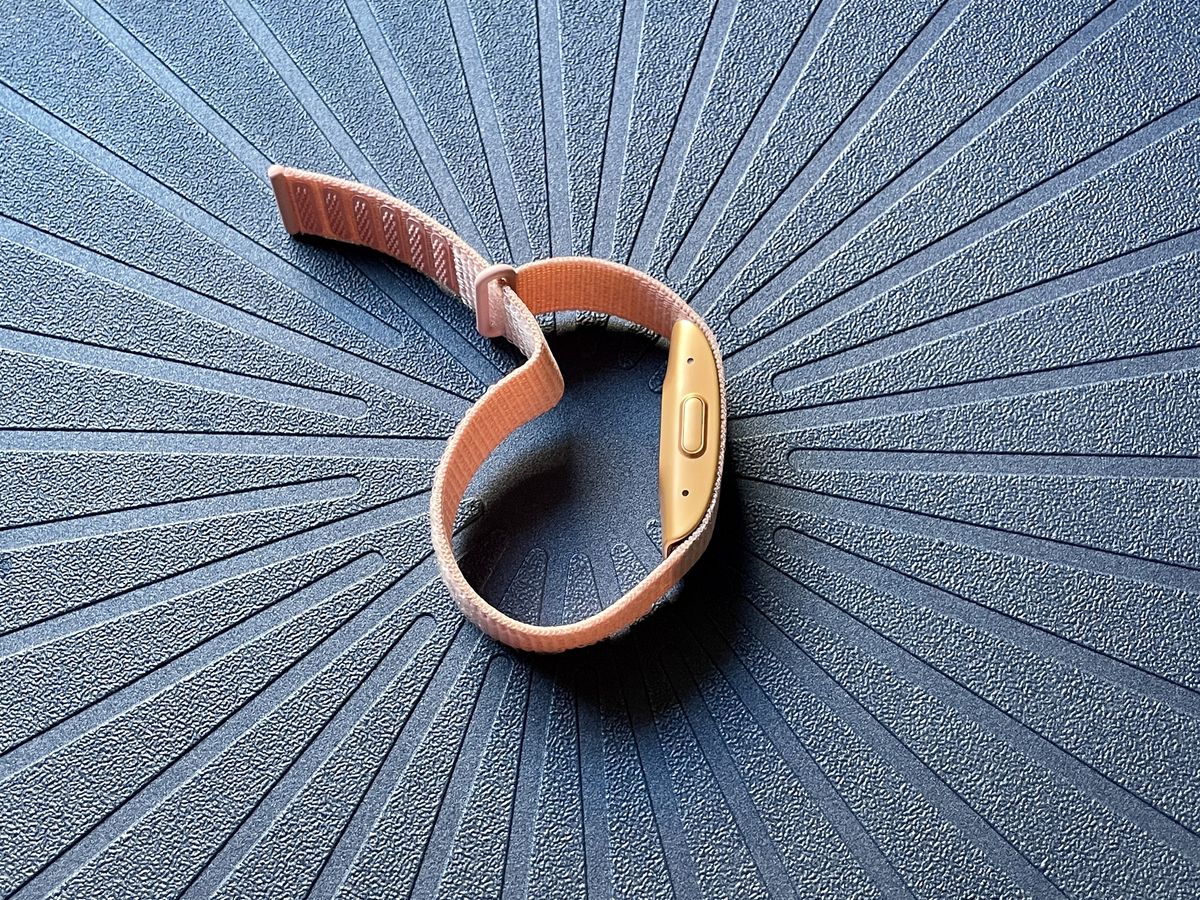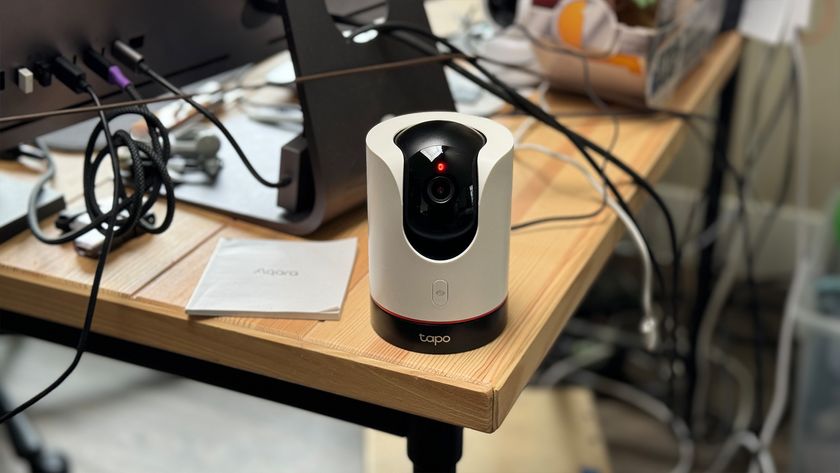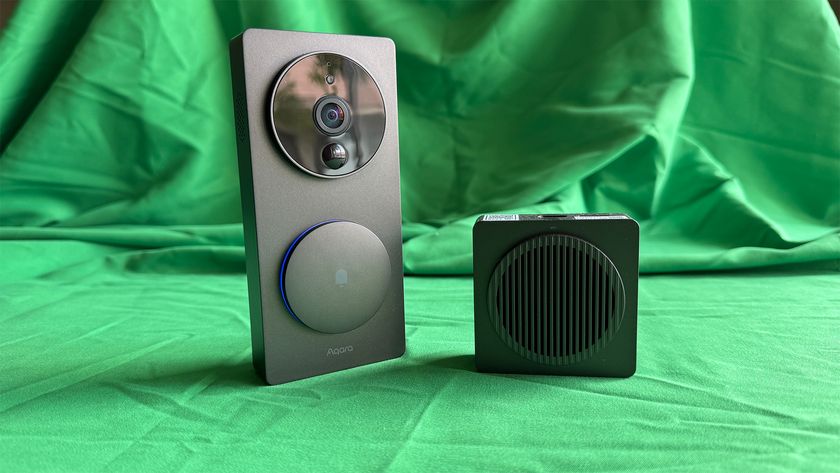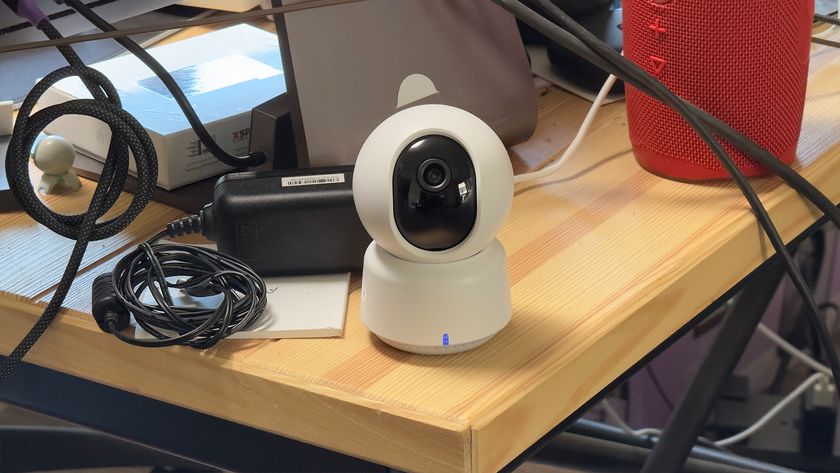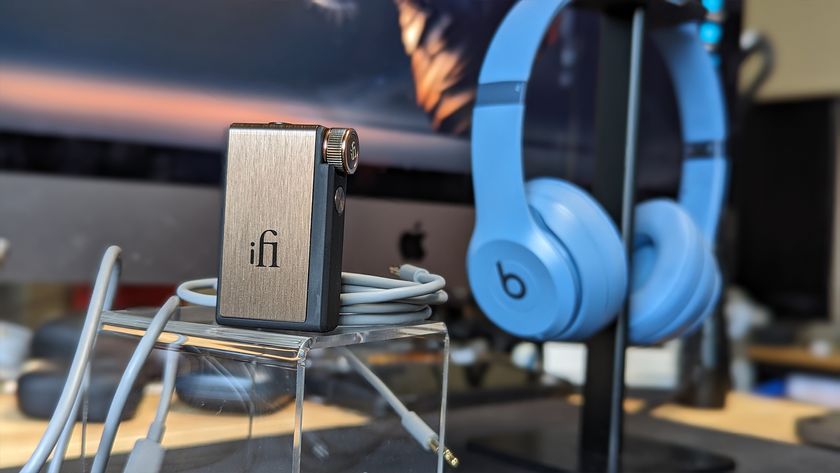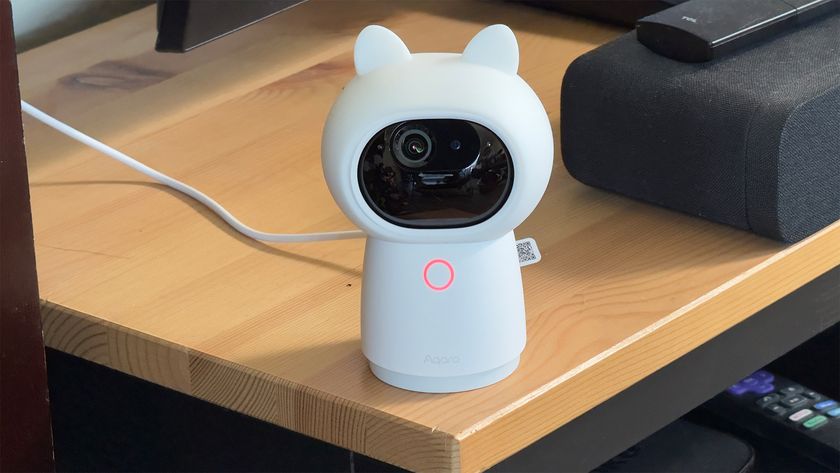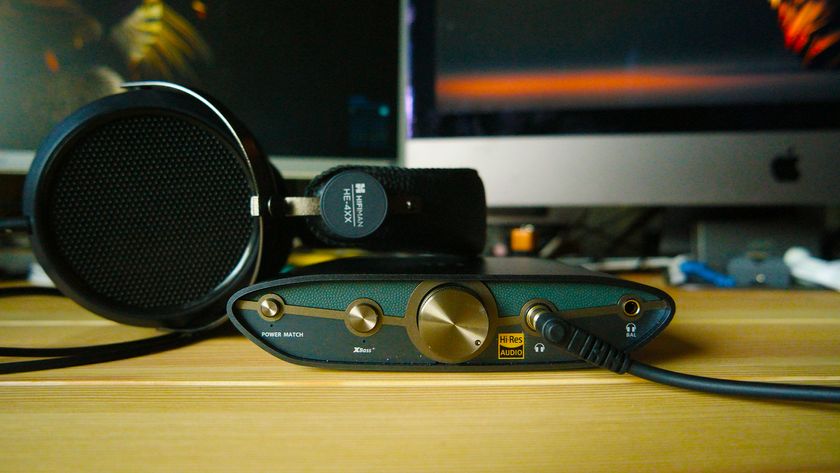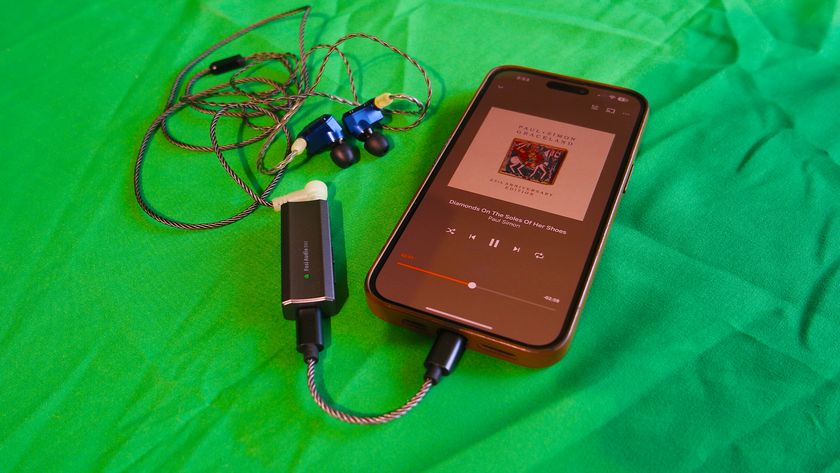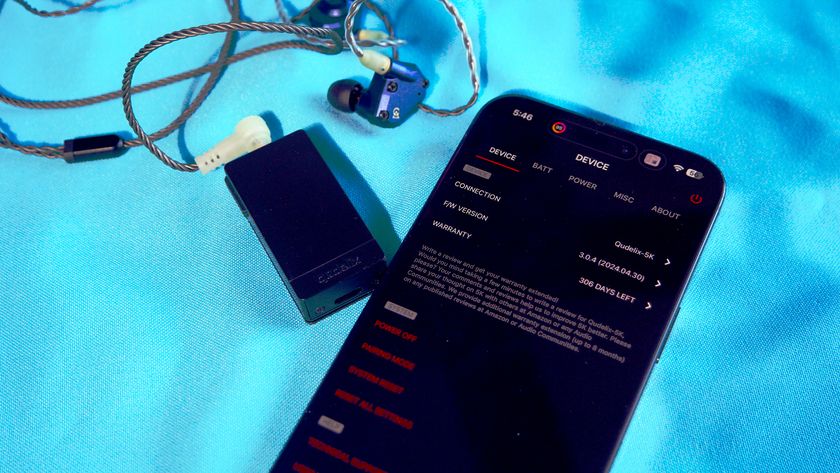iMore Verdict
Bottom line: The Amazon Halo Band appears to be a simple fitness tracker on the surface, but there's a lot more to it than that. This device helps you understand your own health better, and not just physically, but mentally and emotionally as well. The unique point system can be motivational too.
Pros
- +
Comfortable to wear all the time
- +
Distraction-free
- +
App is intuitive and sleek
- +
Fairly comprehensive in all aspects of your health
- +
Unique features work well
Cons
- -
Battery life is only two days with Tone enabled
- -
Some may feel uncomfortable with Amazon privacy
- -
No Apple Health integration
You can always trust iMore.
During a time where most of us have been staying at home more than ever, Amazon launched a new surprise product on everyone a few months ago. This new product is the Amazon Halo Band, which is Amazon's foray into the wearable health tracker market. You know, the one that is pretty oversaturated already with names like Fitbit, Garmin, and the Apple Watch. So why should one buy Amazon's Halo Band when there are already so many other options available? Amazon Halo is supposed to help you understand yourself and your health even better than ever before.
I've been wearing an Apple Watch for a few years now, and it's become not only my fitness tracker but pretty much my everything tracker — I have notifications popping up all day long for calls or even just standard alerts. Honestly, it gets a little distracting over time. That's why I was so intrigued by the concept of the Amazon Halo and its lack of a screen. I decided to purchase one when I finally got early access last year, and I've been wearing it for a few months now.
How does the Amazon Halo compare to the Apple Watch? Let's find out.
Simple but innovative and motivational
Amazon Halo review: What I like
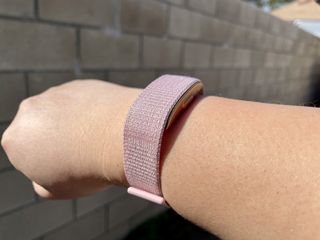
I've had the Amazon Halo for a few months now, so I don't remember everything about the setup process, but it was pretty simple and straightforward. The only requirements before you can get it set up was making sure that the band was charged and that you've downloaded the Halo app and logged in with your proper Amazon account.

The Amazon Halo app is free to download and gives you a comprehensive look at your own physical, mental, and emotional well-being.
In a time where most of the best fitness trackers have a screen, I was intrigued by the Halo's lack of one. As I've mentioned, I've been wearing an Apple Watch for several years now, and I'm used to a screen that shows my activity progress for the day, as well as notifying me of everything that I need. It took a while to get used to the lack of anything on the Halo, but honestly, I've come to appreciate it now. Amazon bills this as a feature that is meant to be less distracting, and honestly, it's true. I put my Halo band on and carry on with my day — I don't need to take a look at it every hour to see how I'm doing or who messaged me.
The Halo band itself is also very comfortable for me — I can wear it all day and night without issue. By default, it comes with a fabric strap in three sizes: Small, Medium, and Large. There are also three color options: Black + Onyx, Blush + Rose Gold, and Winter + Silver. I went for the Rose Gold Halo with Blush strap, of course. However, the band will get dirty over time, but you can wash it with cold water and soap, or even throw it in the washing machine. The strap is similar to Apple's Sport Loop, except you can't ever lay it out flat because the loop is at the end of the strap, and the other plastic end cannot pass through.
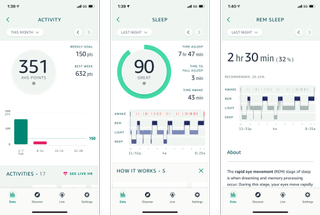
The thing that sets Amazon Halo apart from other fitness trackers, including the Apple Watch, is that it uses a point system (Activity Score) for your movement, not just steps and calories. The more intensive your activity, the more points you earn. The default goal is 150 points each week, but you can change the goal if need be. I find the point system much more motivational than my Apple Watch, but I'm not a big fan of losing points for being sedentary — more on that in a bit.
The Halo also has sleep tracking, which I felt was pretty spot-on and accurate, even when compared to my Apple Watch Series 5 with watchOS 7. The native sleep tracking in watchOS 7 doesn't give you a lot of details unless you use a third-party sleep tracking app like AutoSleep, but the Amazon Halo natively shows you if you were awake or were in REM, Light, or Deep sleep states. I missed this kind of data since I used a Fitbit many years ago, so having it readily available with the Halo band is nice to have.
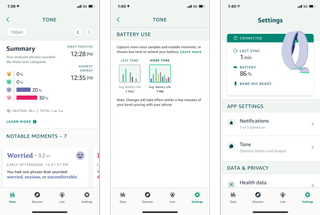
One of the more interesting features that the Amazon Halo band has over its competitors is Tone. With Tone enabled, the mic on the Halo band will do periodic scans of your speech patterns throughout the day. This lets it analyze your voice during conversations and allows you to see how you sound and come across to other people. The mic used for Tone is automatically turned off once you remove the Halo band from your wrist. You can also manually record important conversations that you want to bookmark and analyze.
Tone is one of the more holistic health features that the Halo is trying to make you aware of, and I think it does a good job of it. I have my Halo band set to "More Tone," which decreases the battery life to about one day instead of two if you have "Less Tone" enabled. I found my Tone results to be a little surprising at times, though, because I wasn't aware that I was coming off with what appears to be a negative tone to others. While it's nice to know how I really sound to others, the goal of Tone is to help you make the necessary adjustments when conversing with others in future conversations. My colleague, Jeramy Johnson at AndroidCentral, wrote about how Tone can be beneficial for those who have documented communication issues, but as far as the masses are concerned, it may not be as useful. Still, it's a nifty feature that I wasn't sure about at first, but it's giving me a better look at myself overall.
The other big and unique feature with Amazon Halo is Body, which uses your smartphone to capture a full-body scan of yourself. With this data, the Halo app generates a 3D scan of your body, making it possible for you to visualize your body composition, and the app can measure body fat percentage. Amazon claims that this system is ultra-secure, and any scans that are sent to Amazon's Halo cloud are encrypted long enough to generate the 3D images, and then they are immediately deleted.
I personally did not test this feature out myself because I'm a little uncomfortable with it. I also use a Withings Body+ Smart Scale for my weight, BMI, and other details about my body composition, so I felt that the Body feature in Amazon Halo was not necessary for my needs. But Amazon does state that its body scan feature is comparable to the ones that cost hundreds of dollars from clinics and other medical facilities, and there are safe-guides in place to prevent use by those who are not legal adults or have dysmorphia issues.
Users can also delete their Body and Tone data at any time from the cloud and keep this information locally on their smartphone. The Halo band also has a physical button that you can press to turn Tone off or on — this is good to know if you are about to have a conversation that you aren't comfortable with Amazon "listening in" on.
Amazon Halo also has "Labs," which are guided workouts and programs that are designed to help you get healthier. It's similar to Apple's own Fitness+ service, though some programs are more like simple nudges to help you get on the right track. For example, I have a Lab program to help remind me to drink water before a meal every day, and another one was to remind me to walk around while on a phone call to get some movement in each day. The success of these programs depends on your ability to remember to actually do them — I forgot to do a few or at least mark that I did them, thus making it look like I made no progress.
Overall, the Amazon Halo has some unique features that I am finding to be very useful. It has been giving me an even better view of my overall health and well-being, not just physically but emotionally and mentally as well, which is more important than ever.
You need to let Amazon all up in your business
Amazon Halo review: What I don't like
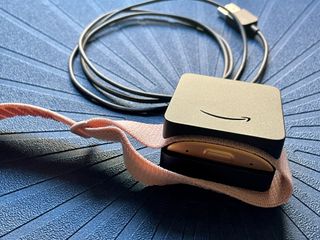
Of course, one of the biggest problems with the Amazon Halo band is Amazon itself. The device itself is a great no-frills fitness tracker that does the job. However, you need to be comfortable enough with Amazon having this kind of data about you to begin with. Again, the Tone and Body data can be deleted from the cloud at any time if you so choose, but the other data can't be deleted at will. So you'll be letting Amazon know things like how active you are and how well you sleep — things like that.
For a fitness tracker with no screen, it's a little disappointing that the max battery life you can get, at least with Tone on, is two days. However, if you have Tone off completely, the battery life should jump up to around seven days. You could use the Halo as a regular fitness tracker for your steps, heart rate, sleep, and the points, but then why would you get it over something else, like a Fitbit? One of the reasons that the Halo is unique is Tone (along with Body), so to use the Halo without Tone enabled kind of defeats the purpose.
The Amazon Halo also comes with its own proprietary charging cradle, which means yet another thing to clutter up your nightstand table. I also found that it can be a little finicky with the placement of the Halo in the cradle before it starts charging, as I need to wiggle it around and make sure the light comes on before stepping away. I honestly wish that the sensor could charge up via USB-C or something, as I'm just not a big fan of proprietary chargers for a single device.
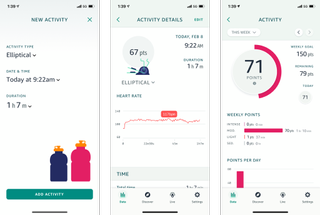
I also noticed that the Halo band is not the best when it comes to automatically detecting if you've done a workout when it doesn't involve your arms. For example, every weekday that I'm at my desk for work, I use my under-desk elliptical machine to keep my legs moving while sitting. My Apple Watch doesn't automatically detect this either, but I always start an Elliptical workout on my Watch. The Halo band doesn't have a way to manually start a workout, and it seems to only be able to automatically detect exercise when it detects a lot of arm motion since it always knows when I go out on my daily walk. I always end up having to manually add a workout in my Halo Activity for it to keep track and get the points I missed out on earlier.
I also mentioned this earlier, but I'm not a fan of having points deducted from my total for being sedentary over eight hours every day. For days when I'm sick or not feeling well, or want a rest day, the Halo band is basically punishing me for taking a break. I'm not a big fan of that, and honestly, it makes me not want to wear it. It takes the problem of lacking rest days with an Apple Watch and amplifies it. If you meet or exceed your goal, I suppose losing some points isn't too bad, but still, it's punishing you for taking a day off.
The Tone feature also seems a little sporadic at times. I feel like it doesn't capture and analyze every little thing that comes out of my mouth every day, and some days it doesn't even have results. The theory behind this, as Johnson hypothesized in his Amazon Halo review on AndroidCentral, could be the fact that the analysis is done on your smartphone, so keep it nearby if you want accurate Tone results.
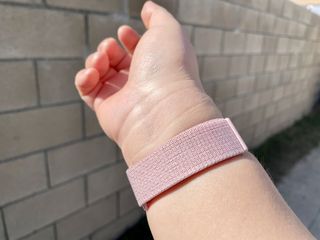
While you can buy the Amazon Halo band for about $100, that isn't how Amazon is making money from this product. Instead, the real money for them behind the Halo is with the Halo Membership, which costs $3.99 a month, but you do get six months for free with the Halo purchase. If you opt not to continue your Halo Membership after the trial period, you will only have access to these features: step tracking, heart rate, and live heart rate monitoring, calorie tracking, activity sessions, sleep tracking, and limited Lab Programs and Singles. A Halo Membership gets you full access to everything else, including Tone, Body, Activity Score, Sleep Score, Sleep Stages, full Labs, and Insights.
I'm a little annoyed that in order to use the better features of the Halo band requires you to pay a monthly fee — Amazon isn't hurting for cash. At least it is one of the cheaper health subscriptions out there, I suppose, but still, these are things that should just be included with a Halo purchase.
One last thing — the Amazon Halo does not integrate with Apple Health, which is a little annoying. All of the data that your Halo collects will remain in the Halo app silo. There is some third-party integration with other services, though, like Weight Watchers.
The competition
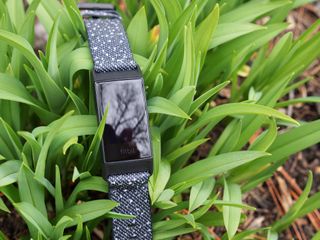
There aren't many fitness trackers out on the market right now that lack a screen. In fact, the Fitbit Charge HR was probably one of the last ones, but that was a few years ago. Fitbit now has the Charge 4, which has a display but is more of a fitness tracker instead of a smartwatch. Fitbit trackers are great for keeping track of your steps, calories, workouts, heart rate, blood oxygen level estimations, sleep, and more, but you won't have features similar to Amazon Halo's Tone or Body.
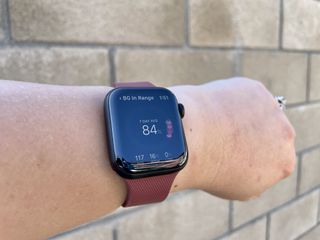
And of course, there is the Apple Watch Series 6. This is a smartwatch, of course, but Apple does a great job of helping you keep track of your activity and fitness on a daily basis as well. Especially with watchOS 7's native sleep tracking and Fitness+, the Apple Watch can help you achieve all of your health goals, and then some. But it lacks the more holistic features of Amazon Halo, such as Tone and Body.
Amazon Halo review: Should you buy
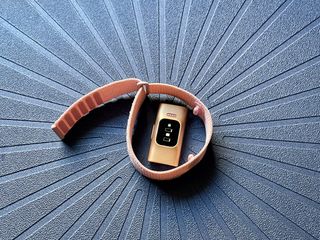
You should buy this if ...
You want a distraction-free health tracker
The Amazon Halo band is comfortable to wear and has no screen. This gives you a no-frills fitness tracking experience where you can wear it and forget about it. No display means you aren't feeling anxious about meeting goals or getting notifications for everything else.
You want a better understanding of your health and well-being
Amazon Halo has some unique features that you won't find in other fitness trackers, such as Tone and Body. These help you get a better understanding of your overall health and well-being, not just physically but emotionally and mentally too.
You want to be more motivated
If tracking your steps and calories isn't enough to keep you motivated, maybe a point system will. The Activity Score rewards you with points for being more active, but it will also deduct points if you are too sedentary.
You should not buy this if ...
You don't trust Amazon
While the Halo is a good fitness tracker, it is from Amazon. If you don't trust Amazon with such data, then this is definitely not for you.
You don't want another thing to charge
Amazon Halo uses its own proprietary charging cradle, which means another thing to have on your nightstand. Why they couldn't use USB-C or something else is beyond me.
You want a smartwatch fitness tracker
One of the features of the Halo is that it has no display, so you get a distraction-free experience. But if you want a display and get notifications for everything, then this is not for you.
The Amazon Halo band is a good fitness tracker on its own, but it is also a nice, distraction-free complement to the Apple Watch. The Activity Score point system can be more motivational for some, especially if you don't mind being docked for being too sedentary. The app is also easy to use, and the Tone and Body features can provide even more insights into your overall health and well-being to others, and not just you.
However, using the Amazon Halo band requires you to store some sensitive data about yourself with Amazon, with no Apple Health integration, and that may not jive with some people. The battery life on Halo with Tone enabled also leaves a lot to be desired for a screen-less fitness tracker, and it has a proprietary charger, so it's one more thing to keep track of. And to get the most out of the Amazon Halo, you'll need to have a Halo Membership, which costs $3.99 per month after the 6-month trial period.
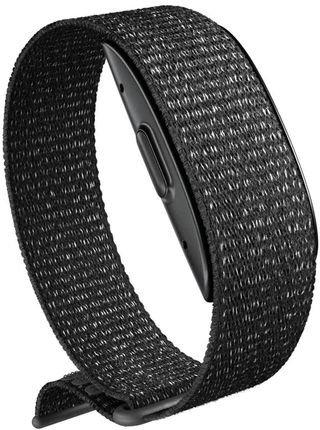
Bottom line: Amazon Halo is a distraction-free fitness tracker that gives you brand new insights into your overall well-being. You will need to trust Amazon with that information, though.






Christine Romero-Chan was formerly a Senior Editor for iMore. She has been writing about technology, specifically Apple, for over a decade at a variety of websites. She is currently part of the Digital Trends team, and has been using Apple’s smartphone since the original iPhone back in 2007. While her main speciality is the iPhone, she also covers Apple Watch, iPad, and Mac when needed. When she isn’t writing about Apple, Christine can often be found at Disneyland in Anaheim, California, as she is a passholder and obsessed with all things Disney, especially Star Wars. Christine also enjoys coffee, food, photography, mechanical keyboards, and spending as much time with her new daughter as possible.
